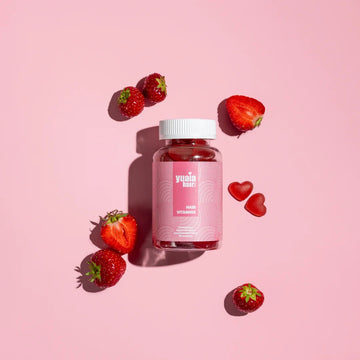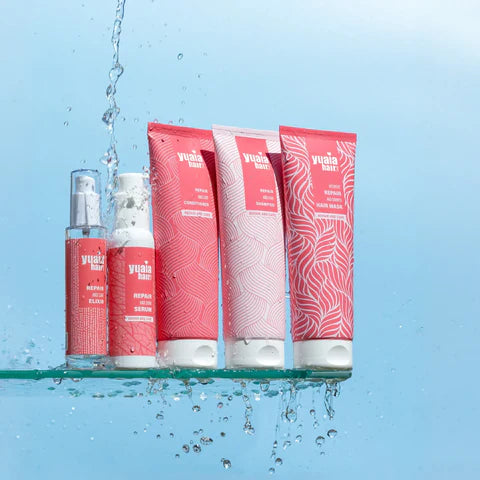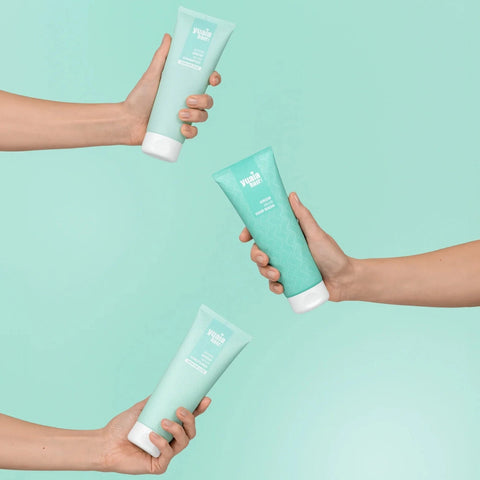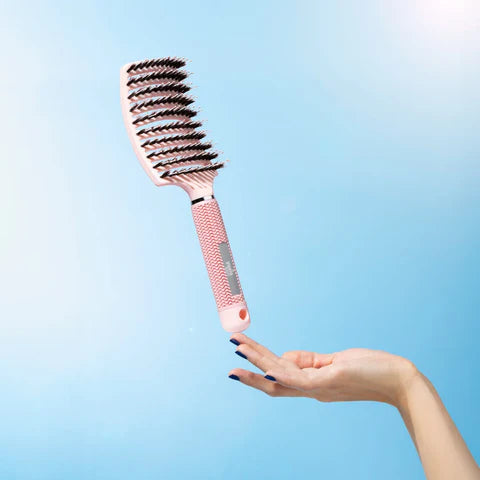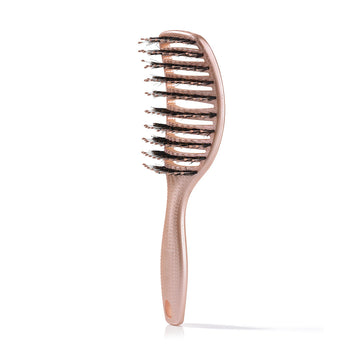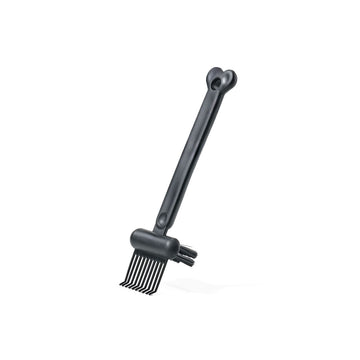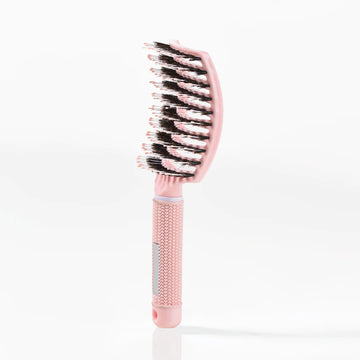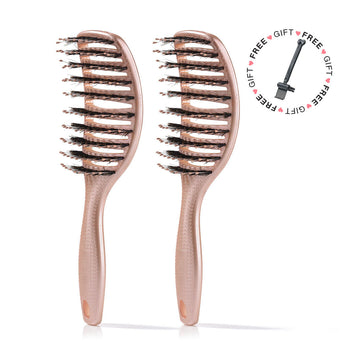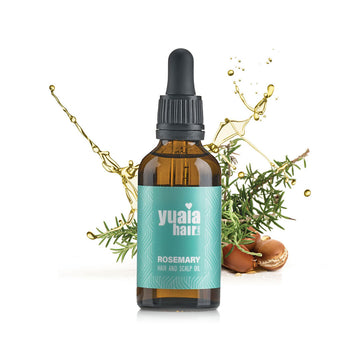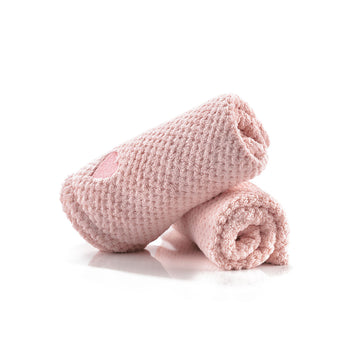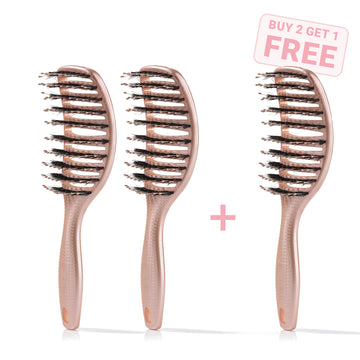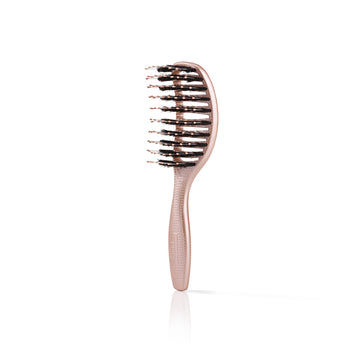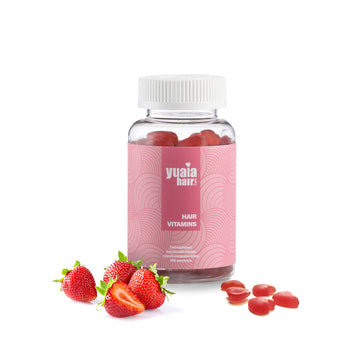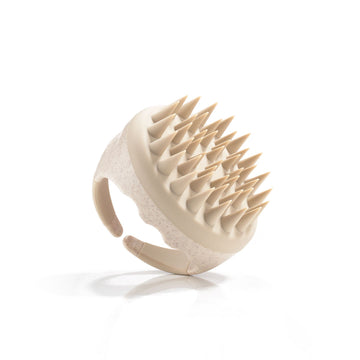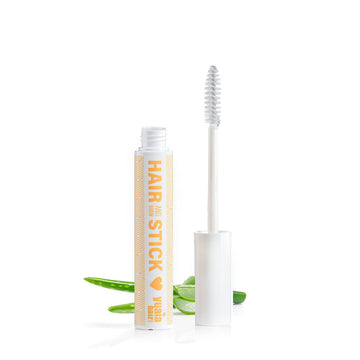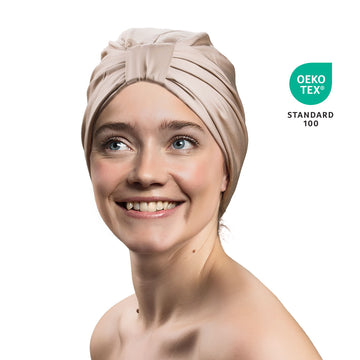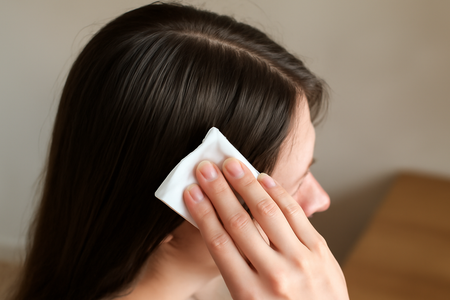
Convenient Solutions for All Hair Types
Managing oily hair between washes is not only possible but also practical with the right techniques. These methods are designed to be convenient and suitable for various hair types and situations. Whether you're at home or on the go, there are several strategies you can employ to keep your hair looking fresh and clean.
One such method involves using a high-quality boar bristle brush to help distribute natural oils evenly from the scalp through the hair. This not only reduces the appearance of oiliness but also promotes hair health by ensuring that the hair's natural oils reach the ends, where they are most needed. Embracing these practical solutions can significantly enhance your hair care routine, allowing you to confidently tackle oily hair without the hassle of frequent washing.
Dry Shampoo: A Quick Fix
Dry shampoo has become a go-to solution for those looking to remove excess oil from hair without washing. This product works by absorbing the oil at the roots, leaving hair looking and feeling refreshed. To use dry shampoo effectively, spray it from a distance of about six inches, focusing on the roots. Allow it to sit for a few minutes to absorb the oil before brushing through to distribute the product evenly. This method not only revives your hair but also adds a bit of volume, making it an essential item in your hair care routine.
Blotting Papers: On-the-Go Solution
Facial blotting papers aren't just for your face; they can also be used on your scalp to quickly absorb excess oil. This method is particularly handy when you're out and about, as blotting papers are portable and easy to use. Simply press a sheet against your scalp where oiliness is most noticeable, and it will absorb the oil without disturbing your hairstyle. This quick fix is perfect for touch-ups throughout the day, ensuring your hair stays fresh and clean-looking.
Blow-Drying Roots for Volume and Oil Reduction
Blow-drying your roots can be an effective way to reduce the appearance of oil while adding volume to your hair. By focusing the heat on the roots, you can lift the hair away from the scalp, minimizing the oily look. For optimal results, use a round brush to lift the roots while blow-drying, which helps to create volume and disperse oil. This technique not only revives your hairstyle but also gives it a fresh, bouncy look.
Hairstyles and Accessories for Concealing Greasiness
When you can't remove the oil, concealing it with the right hairstyle or accessory can be a lifesaver. Styles like top knots and slicked-back buns are excellent for hiding oily roots, making them ideal for busy mornings or unexpected outings. Additionally, accessories such as scarves and headbands not only add a stylish touch but also cover up greasy areas effectively. These options allow you to maintain a polished appearance without the need for washing.
For those looking to further enhance their hair care routine, consider incorporating our Rosemary Hair Oil. This product is designed to nourish the scalp and promote healthier hair. Use it sparingly on the ends of your hair to add shine without contributing to oiliness at the roots. This dual approach ensures your hair stays vibrant and well-maintained between washes.
DIY Remedies for Longer-Term Oil Control
For those looking to manage oily hair beyond quick fixes, exploring DIY remedies can be beneficial. Ingredients like aloe vera and tea tree oil can play a role in balancing scalp oil production. While these methods involve some water contact, they can be integrated into a long-term hair care routine to help reduce oiliness over time. Aloe vera, known for its soothing properties, can be applied directly to the scalp to calm oil production, while tea tree oil, with its antimicrobial benefits, can be diluted with water and massaged into the scalp to maintain balance.
Frequently Asked Questions
How often should I use dry shampoo?
Dry shampoo is a convenient solution for refreshing hair between washes. However, it's important to use it in moderation. While it can be used as needed to absorb excess oil, it should not completely replace regular washing. Over-reliance on dry shampoo can lead to product buildup, so aim to wash your hair with water and shampoo regularly to maintain a healthy scalp.
What if my hair feels dry after using these methods?
If your hair feels dry after using oil-absorbing methods, consider applying a light conditioner or a small amount of nourishing oil to the ends of your hair. This can help maintain moisture levels without adding greasiness to the roots. At Yuaia Haircare, we offer Rosemary Hair Oil, which is perfect for adding shine and moisture to the ends of your hair.
 2-5 day delivery
2-5 day delivery
 25.000+ satisfied customers
25.000+ satisfied customers
 Satisfaction Guarantee
Satisfaction Guarantee

